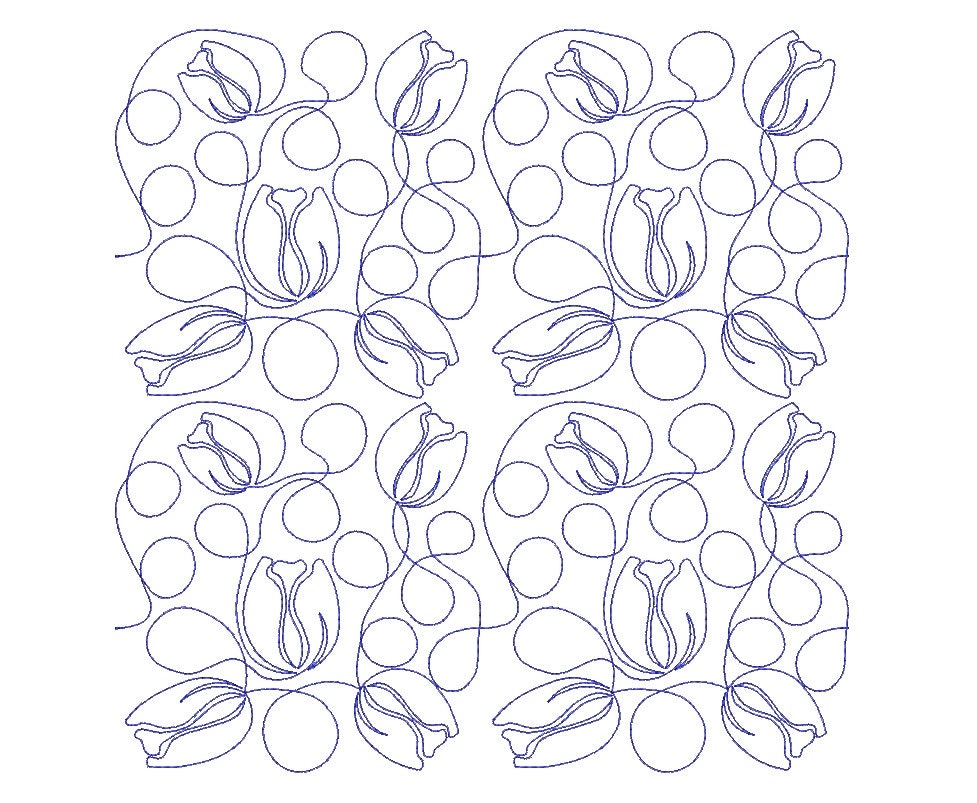

To evaluate and strengthen the robustness of visible watermarks in an adversarial way, watermark removal task has raised the research interest in recent years (Dekel et al., 2017 Cheng et al., 2018 Li et al., 2019 Cao et al., 2019 Hertz et al., 2019 Cun and Pun, 2020). However, watermarked images are likely to be converted back to watermark-free images by virtue of modern watermark removal techniques. Superimposing visible watermark is considered as an efficient and effective approach to combat against attackers. To protect the copyright or claim the ownership, various types of visible watermarks are designed and overlaid on background images via alpha blending.

With the surge of social media, images become the most prevailing carriers for recording and conveying information. Extensive experiments on twoĭatasets demonstrate the effectiveness of our proposed method. Improve the texture quality of watermarked area. In the refinement stage, we integrate multi-level features to Mask and passes the calibrated mask to background branch to reconstruct the The coarse stage consists of a watermark branch and a backgroundīranch, in which the watermark branch self-calibrates the roughly estimated Therefore, we design a two-stage multi-task network to address theĪbove issues. However, existing approaches sufferįrom incomplete detected watermark and degraded texture quality of restoredīackground. Watermark localization and background restoration simultaneously, which couldīe viewed as a multi-task learning problem. The robustness of visible watermarks in an adversarial way, have attracted Watermark removal techniques, which can strengthen Superimposing visible watermarks on images provides a powerful weapon to cope


 0 kommentar(er)
0 kommentar(er)
